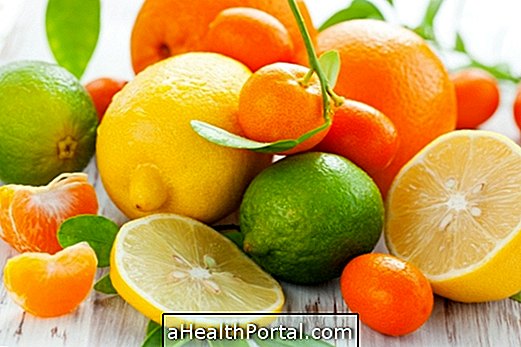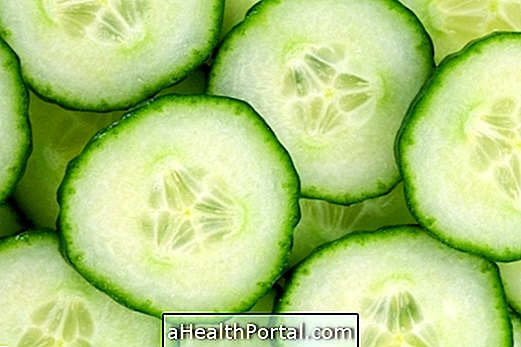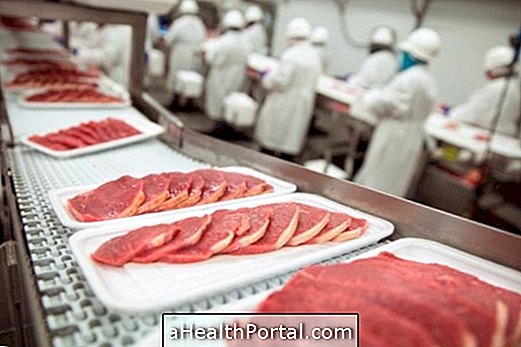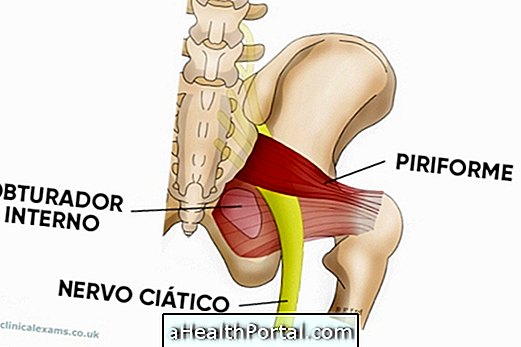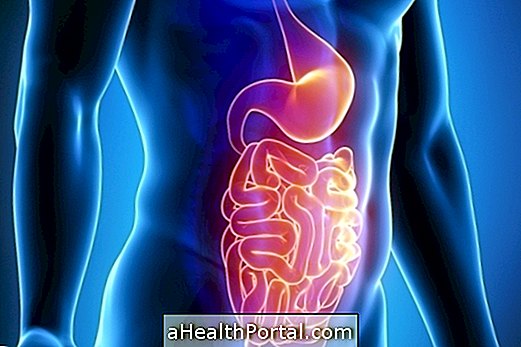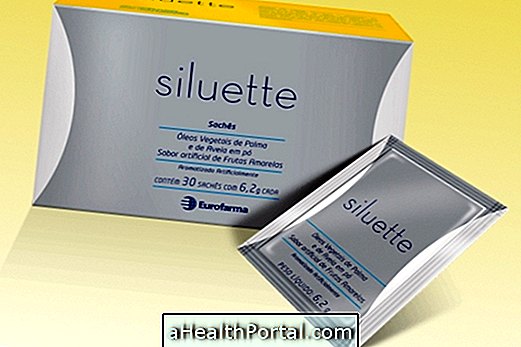Foods rich in asparagine are mainly protein-rich foods, such as eggs or meat. Asparagine is a non-essential amino acid that is produced in sufficient quantities by the body and therefore does not need to be ingested through food.
One of the functions of asparagine is to keep the cells of the nervous system healthy and to contribute to the formation and maintenance of bones, skin, nails or hair, for example. In addition, asparagine also serves to form new proteins within the body according to the need of the organism at all times.
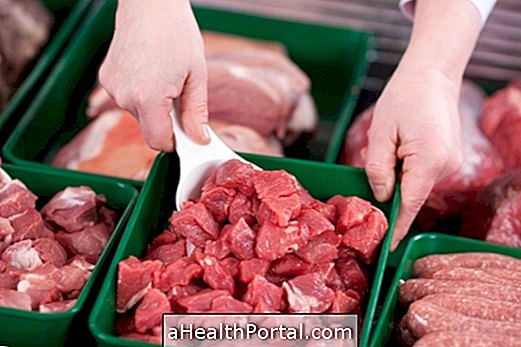
List of richer foods
The foods rich in asparagine are eggs, meat, milk, cheese, yogurts and fish. Other foods that have asparagine are:
- Shellfish;
- Asparagus;
- Potatoes;
- Nuts;
- Seeds and legumes.
As the body can produce the amino acid asparagine, there is no need to worry about dietary intake through diet.
What is asparagine used for?
The main functions of asparagine are to aid in the correct functioning of the brain cells and the central nervous system.
Asparagine is an amino acid produced by the body's healthy cells and therefore the cancer cells are not able to produce this amino acid but feed on it. Therefore an alternative therapy for the treatment of leukemia is to use the injectable asparaginase which is an enzyme that destroys the asparagine of foods, thus preventing cancer cells from gaining strength and continue to develop using asparagine as an energy source.
